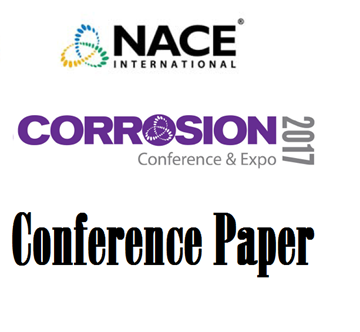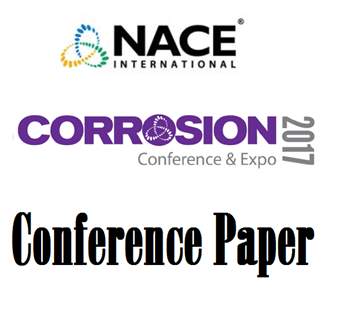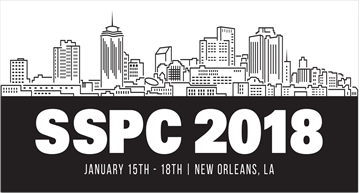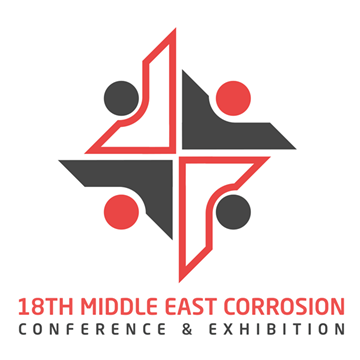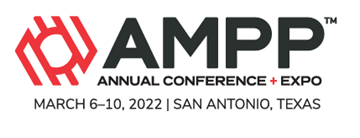Search
Individual Conference Papers
View as
Sort by
Display
per page
Enhanced Biocide Mitigation of Microbiologically Influenced Corrosion In Enhanced Oil Recovery
Product Number:
51317--9039-SG
ISBN:
9039 2017 CP
Publication Date:
2017
$20.00
Enhanced Biocide Treatment Using D-tyrosine Against Desulfovibrio Vulgaris Corrosion of Carbon Steel
Product Number:
51320-14527-SG
Publication Date:
2020
$20.00
Enhanced Corrosion Prediction Model for Multiphase Oil and Gas Production Systems
Product Number:
51317--9419-SG
ISBN:
9419 2017 CP
Publication Date:
2017
$20.00
Enhanced Oil Recovery: Localization of corrosion during polymer flooding
Product Number:
51323-18888-SG
Publication Date:
2023
$20.00
Enhanced Process Integrity Management Through Real Time Predictive Analytics
Product Number:
51319-13286-SG
Publication Date:
2019
$20.00
Enhanced Scale Inhibitor Squeeze Treatment With A Newly Developed Chemical Additive
Product Number:
51321-16802-SG
Publication Date:
2021
$20.00
Enhancing the UV Durability of Epoxy Coatings: Waterborne Acrylic-Epoxy Hybrid Coatings for Steel
Product Number:
51218-139-SG
Publication Date:
2018
$20.00
Enhancing Cathodic Protection System Design and Operation Efficiency by Numerical Modeling
Product Number:
MECC23-20032-SG
Publication Date:
2023
$20.00
Enhancing Corrosion Protection By Novel Surface Treatment Application
Product Number:
51321-16900-SG
Publication Date:
2021
$20.00
Enhancing Material Integrity through Thin Film Advanced Materials Coating Application for Sweet Gas Wells
Product Number:
MECC23-20140-SG
Publication Date:
2023
$20.00
Enhancing the Effectiveness of Food Grade Paint: Maximizing Safety & Reducing Corrosion
Product Number:
41215-877-SG
Publication Date:
2015
$20.00
Enhancing The Reliability Of Ageing Assets In Utility Plants Though The Application Of RTR
Product Number:
51322-17881-SG
Publication Date:
2022
$20.00

